The most prominent lab furniture, in any laboratory, is the lab workbench. Indeed, it forms the very foundation of all lab work. Test tubes and microscopes may be iconic about labs because of their application ‒ but without a lab bench, where will you operate them?
Acting as the primary lab furniture in most school, college and research laboratories, lab workbenches or lab tables are the biggest, heaviest, and most important objects in the room. They give support to all the experiments you do (except those that have to be done in a fume hood or don’t need a table). They provide a surface to do all your work, have sinks to wash apparatus and dispose of liquids, have utility connections that enable you to perform various experiments, have storage units to store the equipment ‒ and more.
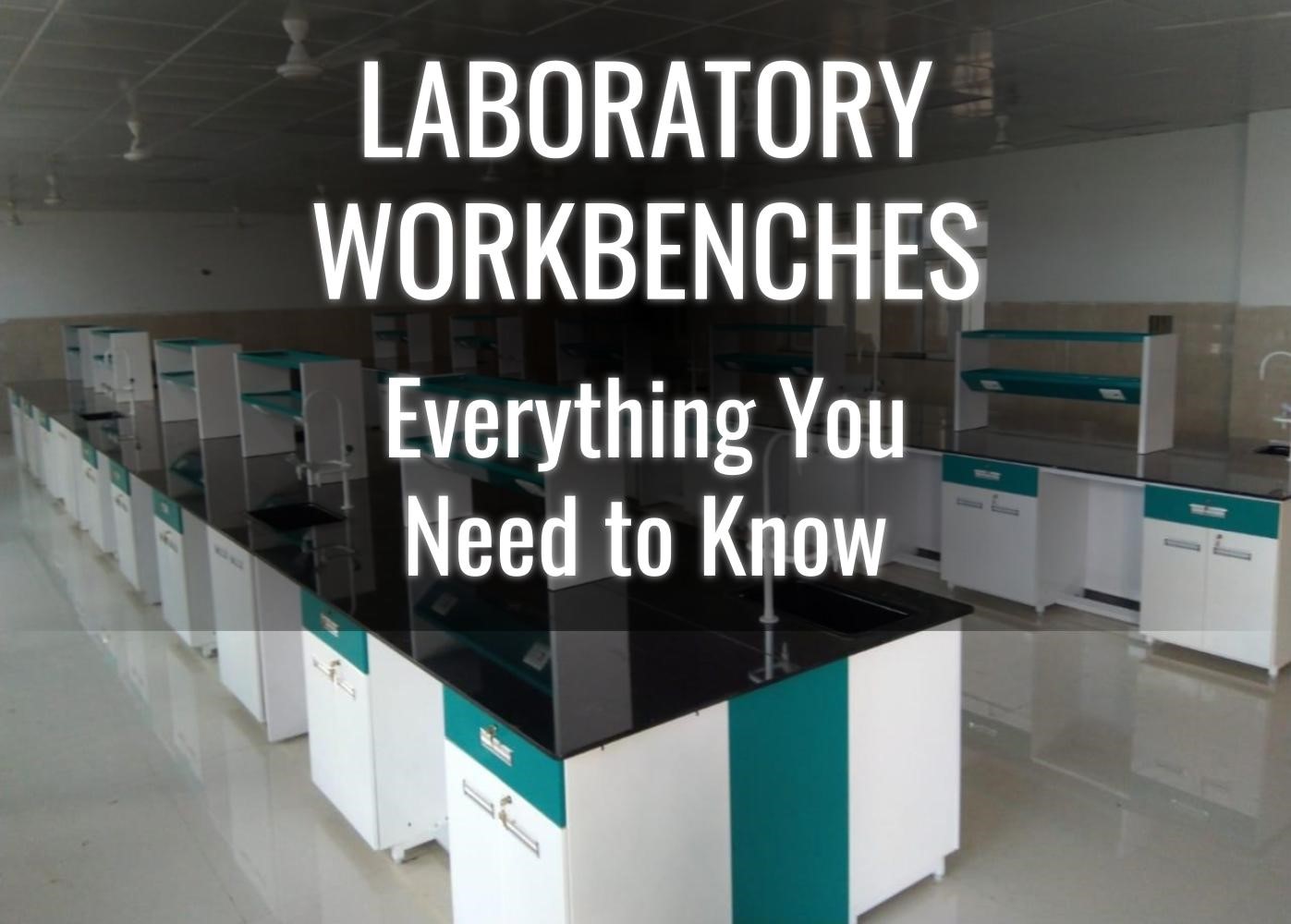
Uses of a Lab Workbench
A lab work desk is a versatile furniture enabling lab users to utilize it in a plethora of ways. Let’s look at them below:
- Lab benches create the surfaces to perform various experiments on. This is where almost all the work in a lab is done. Unless the experiment is such that it cannot be done on a standard horizontal surface (like determining Young’s modulus), or have their own big machines, or must be done in safe workspaces like fume hood.
- Lab benches are much more than just a glorified table. They have various attachments on top of them configured to the laboratory’s needs. For wet labs, a lab workbench will have reagent racks on top of the desk, and sinks to wash lab apparatus and dispose of liquids. For a dry lab, there will be electrical racers on top of the table. For electronics labs, the whole workbench doubles as a powerhouse of testing and diagnostic systems.
- Lab tables will have various utility connections ‒ like gas, water, and electricity lines in-built. This enables you to draw on those utility systems as required for your experiment.
- Laboratory desks often have lots of storage space underneath the table. You can use them to store the equipment and glassware, paperwork, and various doodads needed for work (from paper clips to duct tapes ‒ you never know!). Indeed, if it wasn’t for the under-storages in the lab workbenches, the lab would almost double in size just to store the various lab equipment, apparatus, and glassware it requires to function.
Types of Lab Workbenches
Depending upon the need, lab tables can be customized to suit many different needs. However, in general at the school level there’s only the following types of lab workbenches:
- Dry lab workbench
- Wet lab workbench
- Demo table
- Assistant’s table
Let’s look into the details, one by one.
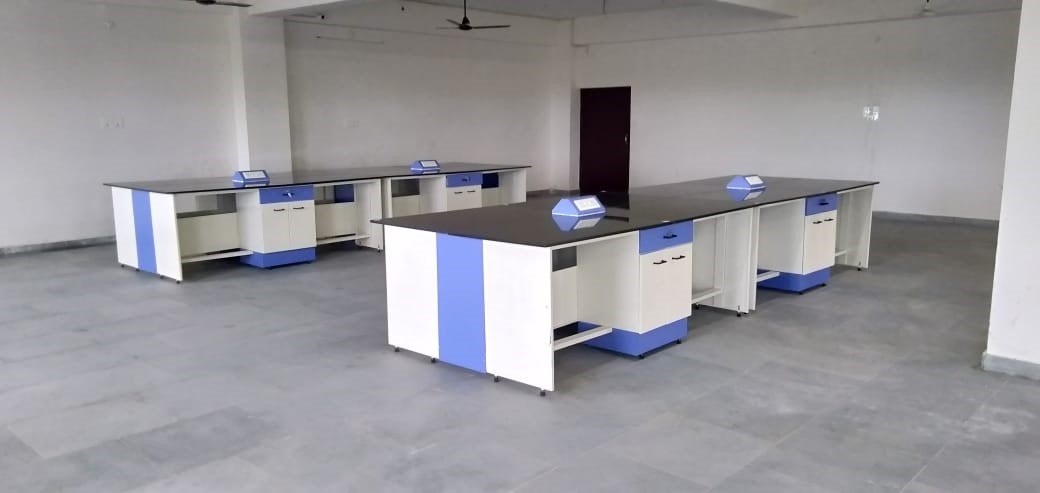
Dry Lab Table
In the physics laboratory, you need lots of open surface area and electrical connections, that’s it. For this reason, the dry lab workbenches are basically flat tables with some storage underneath and an electrical raceway running through the midsection of the table top. Commonly, in an island-type table, the electrical raceway has four points, two facing each side.
Wet Lab Table
The chemistry and biology laboratories need a lot of support spaces but not that much table surface area. For this reason, a typical ‘wet lab’ table ‒ that is, a laboratory table on which you can expect working with lots of liquids ‒ will have at least one reagent rack to hold various bottles of reagents and other glassware.
The chemistry lab sometimes has need of electric connection, so these reagent racks double up as electrical raceway connections as well. And the gas connection is given as two- or four-way valves on top of the table, with pipes extending each way.
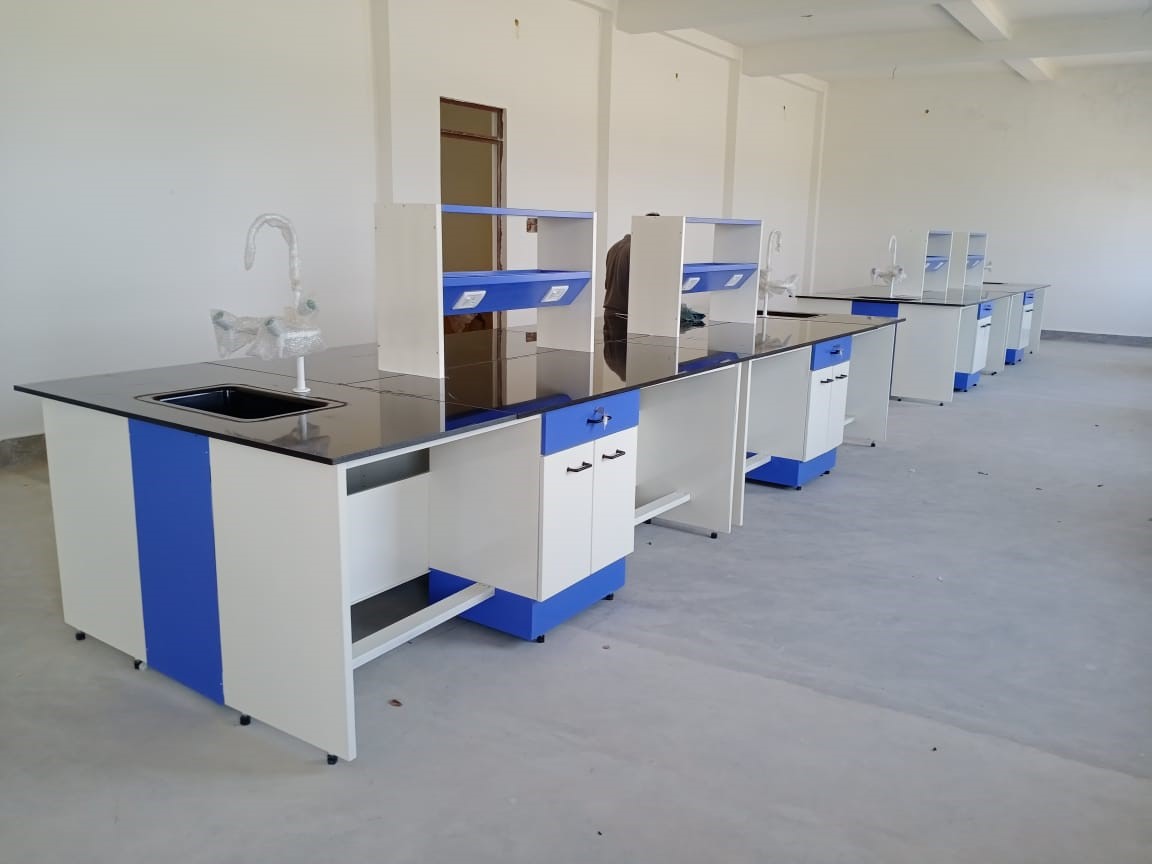
Furthermore, since you will need to dispose of various chemicals and wash your glassware and plasticware, the wet lab bench will have at least one sink. Generally, the sink is of polypropylene material, so that chemicals don’t hurt it.
As you may expect, sinks on wet lab tables have water faucets as well. Generally labkafe provides special three-prong taps with snouts to attach pipes ‒ but you may choose to take a more common faucet.
Demo Table
Also called the Teacher’s Table or Instructor’s Table, this small single-user table is handy for the lab instructor to demonstrate some experiment before the class. It can also double as a standard table for the teacher provided if the height is not an issue. Depending upon the lab type (wet or dry), it will have a sink or a single electrical raceway. It won’t have a reagent rack ‒ but it will have an under-storage module.
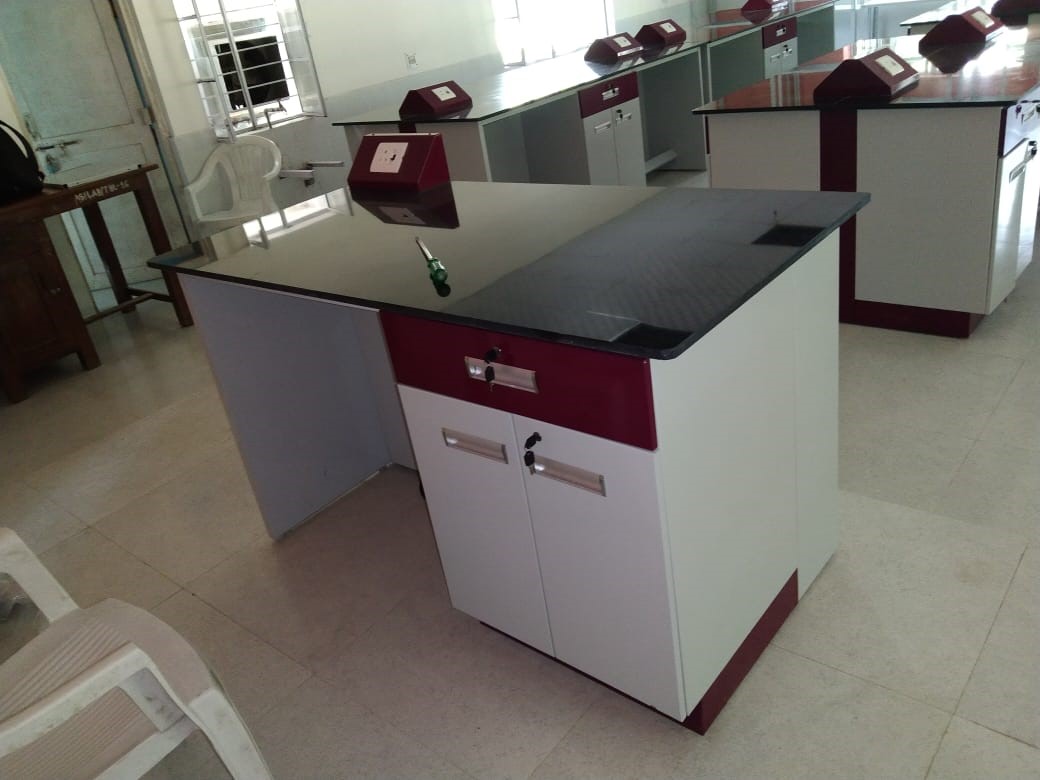
Assistant’s table
The lab assistant, if there is one, is given a rather simple table for his or her various menial work. This table is rather more like a normal table without any storage or tabletop fixtures ‒ however, that is totally optional and you can configure it anyway you wish. That’s the good thing about Labkafe’s lab workbenches ‒ they are completely customizable as per your needs.
Table Types Based on Placement
Lab tables have to be configured according to where they are going to be placed. While Labkafe lab furniture are very flexible and can be designed to fit almost any room, there are two configurations that most institutions prefer. They are:
Island Tables
These are rather large lab workbenches accommodating many users on both sides. They are generally meant to stand alone nearer to the center of the room. They can also be placed on the wall, side-wise, which is greatly suitable for long narrow rooms.
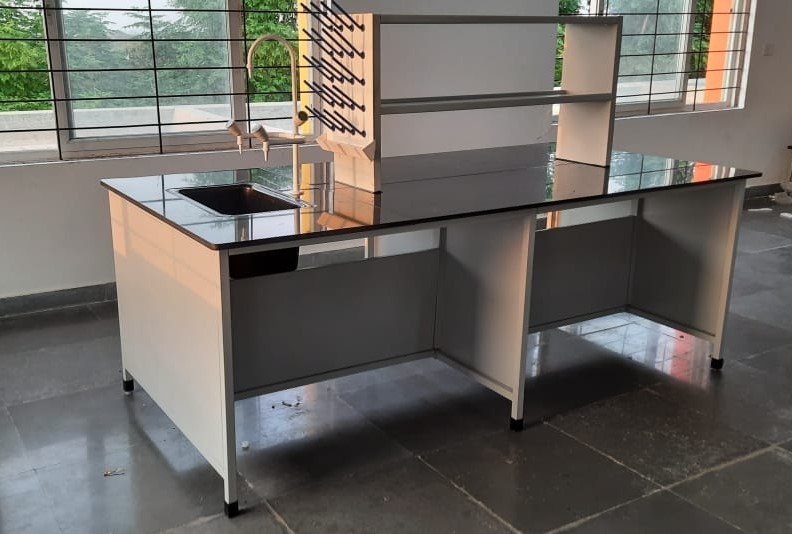
Island-type workbenches are generally 8 feet by 4 feet in size and 3 feet tall, enabling 3-4 students to work on each side on foot or on lab stools . They can be both for dry labs and wet labs. Whichever configuration they may have up top, they will have it on both sides. The under-storages of these tables also face both ways, enabling access to users at both sides of the table.
Wall-Facing Tables
When you need to place your lab workbench flush against the wall so that the users all will face the wall, then what you need are wall-facing type lab benches. These are basically half of island types, having access and storage to only one side. The above-table configurations like reagent racks and electrical raceways will similarly be catering to one side only.
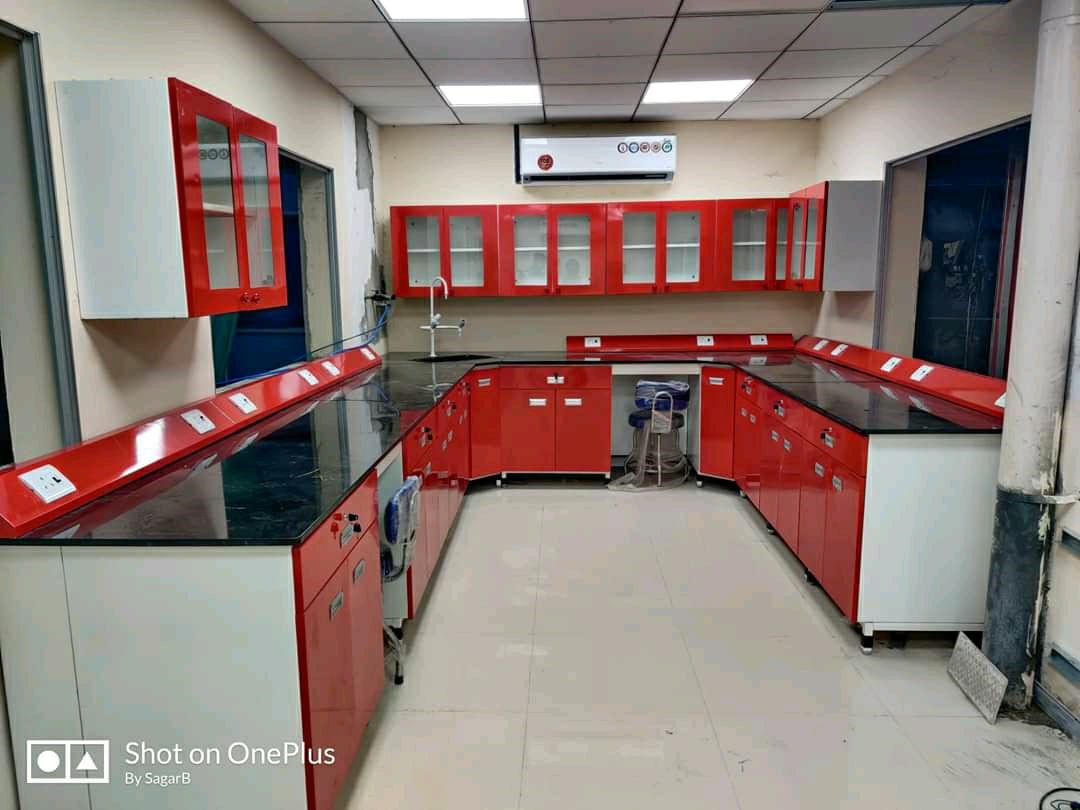
The wall-facing type lab benches can be configured lengthwise as you wish and in around the corners as well. In general, each unit of such benches are as long and tall as the other type, but only 2.4 feet wide. These are great when you need to line your lab walls with lab tables, most efficiently using wall space. However, for wet labs, there will be a sink in the table taking up the workspace of one student.
Table Types Based on Construction
Although hard to spot from the outsides, lab workbenches can be built upon two types of frames. Each has their own advantages and disadvantages. They are:
C-type Frames
This is the sturdier among the two frames. It is basically an arrangement of tubes square or rectangular in cross-section. Looking from the side, the tube is arranged in a square-ish ‘C’ arrangement, thus the name. This frame extends the length, width and height of the table and is the sole load bearing member. It sits directly on the floor.
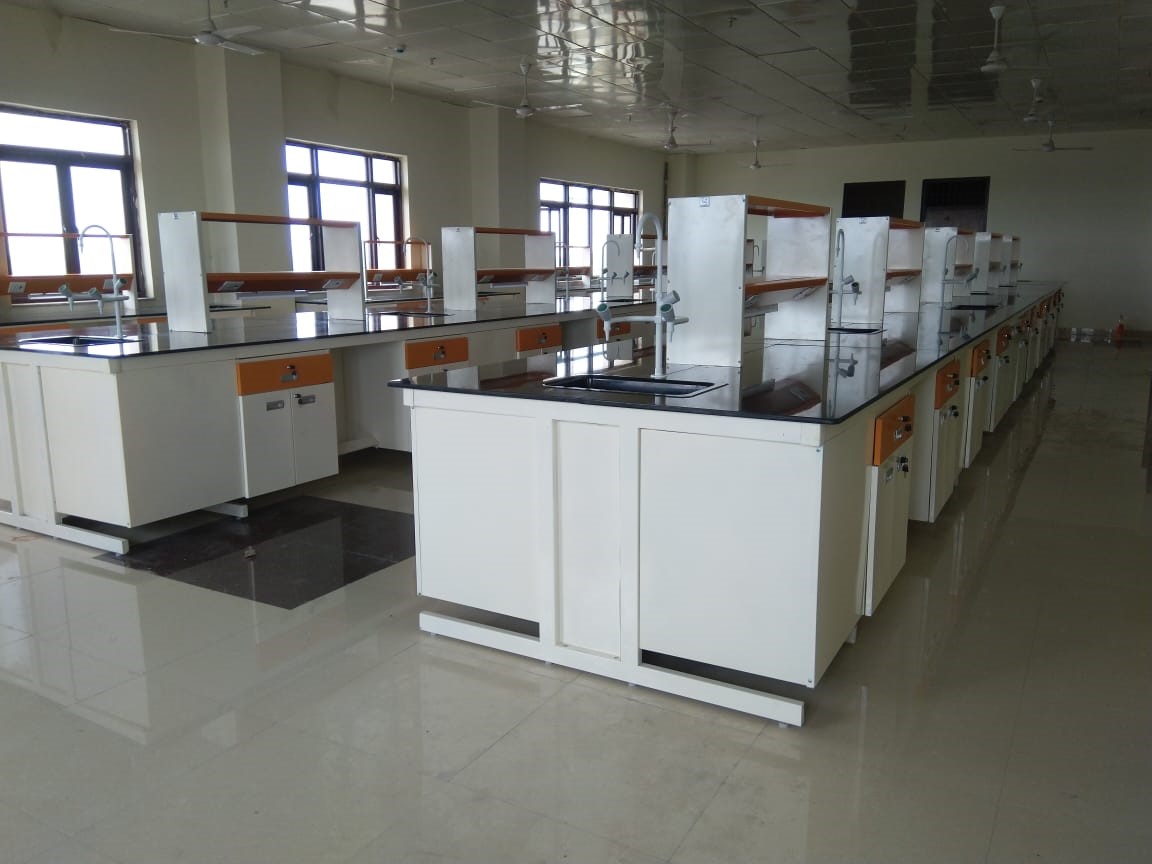
Everything else in the table gets support from the frame. The heavy table top sits directly on top of the frame (which forms a rectangle on the top). The storage modules hang from the C-frame. This is great since this allows space underneath the workbench, which can be easily cleaned or used to store flat material. What’s more, the modules themselves are easily alterable ‒ you can dismantle and place them in other locations, or add new modules etc.
The tubes are made by folding 2mm thick steel sheets and then powder coating it. The folds increase the tensile and compressive strength of the material tremendously, capable of upholding great amounts of weight and withstanding immense impact. In an island-type table, two C-frames come back-to-back to create an ‘I’ formation which is even stronger.
H-type Tables
These are lightweight and cheaper options if you need so. In this type of configuration, there is no central load-bearing member. Instead, the storage modules themselves (at least two needed) bear the full weight of the table. Since they are made from 1 mm thick CRCA sheet, they are not as strong as the C-frame solution. But they can be manufactured faster and cheaper.
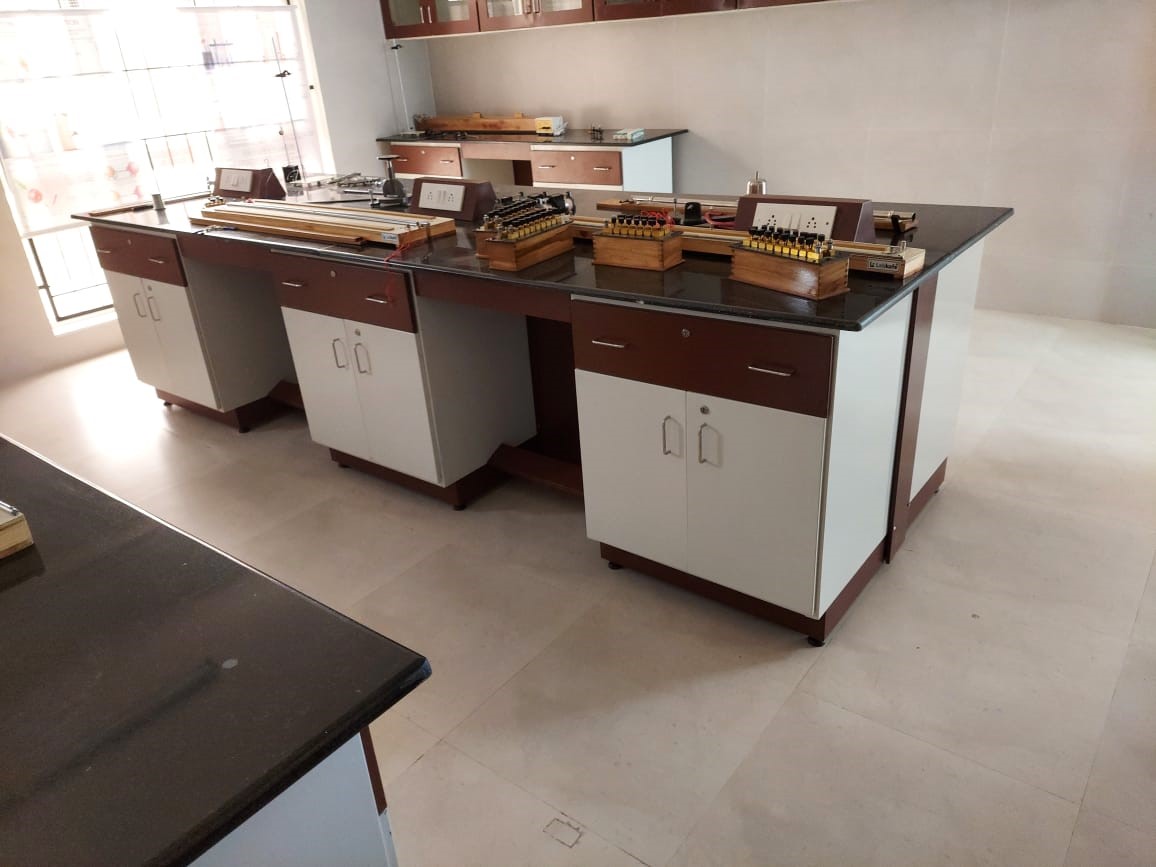
Although we have to say, the H-frame tables do look better from the outside. Where the C-type tables have a more skeletal look, these look more well-covered and more solid. Additionally, they may have a skirting at the bottom, adding a bit of color to an otherwise bland-looking workspace.
The H-type tables do not have clearing space at the bottom, so that cannot be utilized or cleaned. They stand directly on the floor, or they have small pods to stand upon.
Lab Workbench Materials
The Body
There are two kinds of materials used in making the body of a lab workbench ‒ MDF and CRCA steel. MDF is basically engineered wood and it is not recommended for lab usage. It can get easily damaged, is destructible by fire, and gets weathered fast.
The other option, Labkafe choice, is CRCA (Cold-Rolled Close Annealed) steel ‒ the best choice for any heavy furniture manufacturing. It is stronger than standard furniture steel, is very resistant to general weathering, and is quite affordable. The surfaces are coated with anti-chemical powder coating, making them impervious to most chemical reactions.
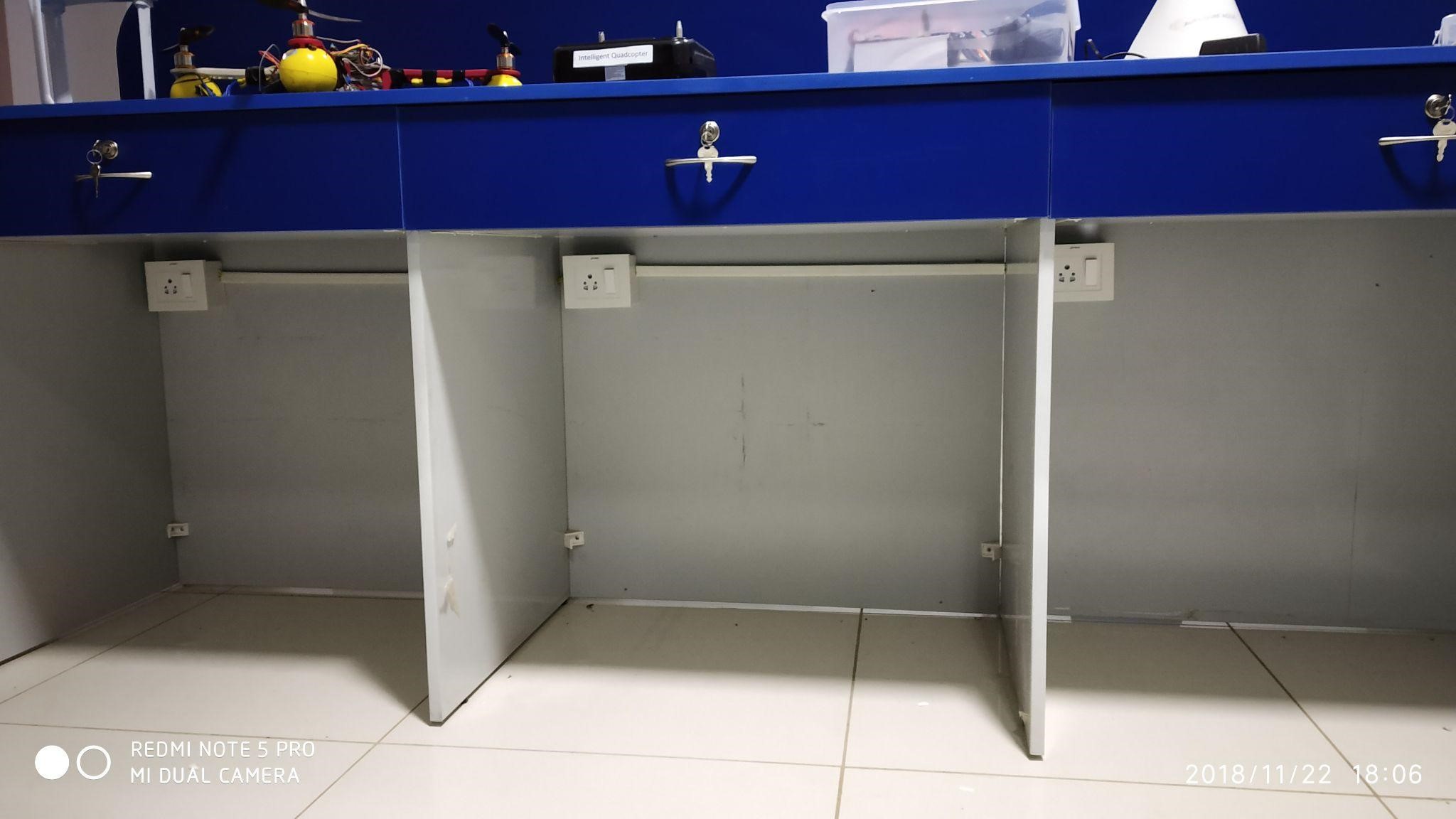
The Table Top
Labkafe provides two kinds of table tops for lab workbenches, one more popular than the other. The common option is 18mm thick natural granite perfected with machine polish and a chemical-resistant coating. This is very heavy but it’s the most popular option.
The other option is the epoxy board top, which is much lighter in comparison and has a greater tensile strength ‒ but costs a motherlode more. They do look absolutely fine, though, with the ability to take various colors.
Note: When choosing a lab table, do note the nature of the table top. Most second-rate manufacturers use artificial granite and/or thin slabs (~10-12mm) ‒ both of which are actually a danger to the users. They are weak and prone to breaking unexpectedly.
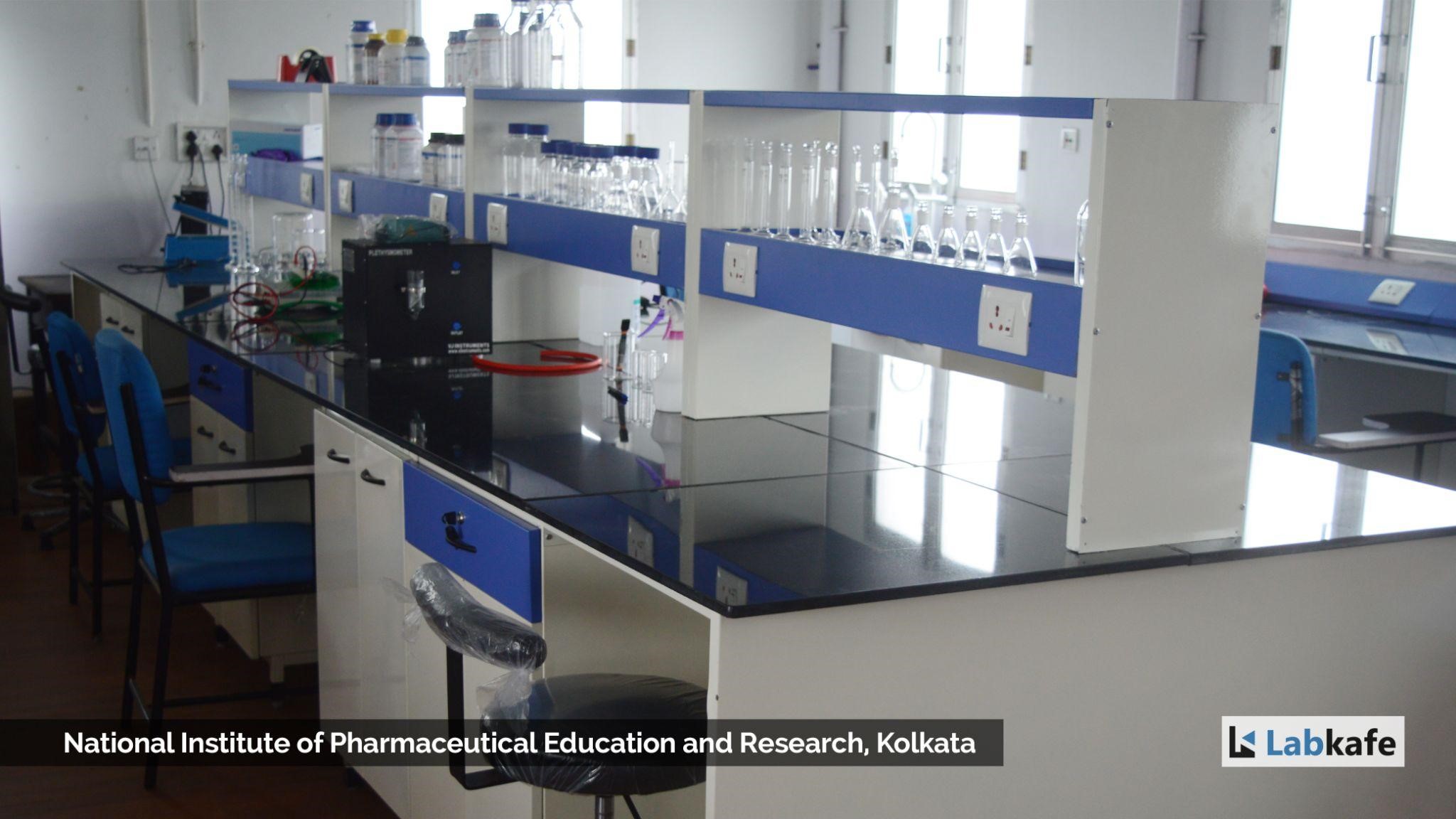
Other Lab Tables
While the above are the descriptions of the most common lab workbenches, there exists other types of them as well. For example, there is the geography lab display table where various rock and mineral samples can be displayed. Or, there is the hexagonal math lab table with many drawers. Labkafe can satisfy the lab furniture needs of any school, college, company, or institutes ‒ however large or small or intricate they are.
Contact Us today for a Free Lab Design Consultation
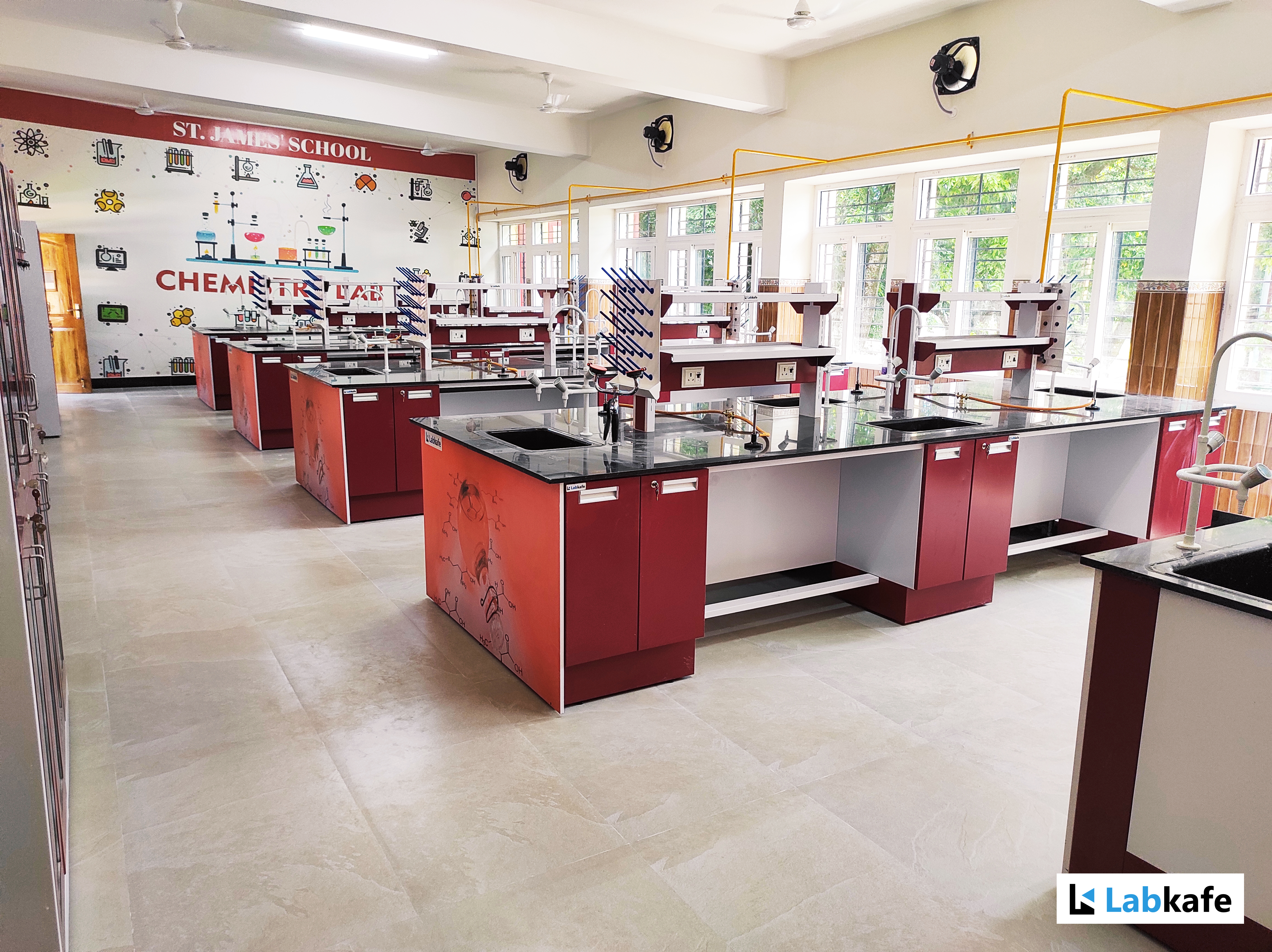

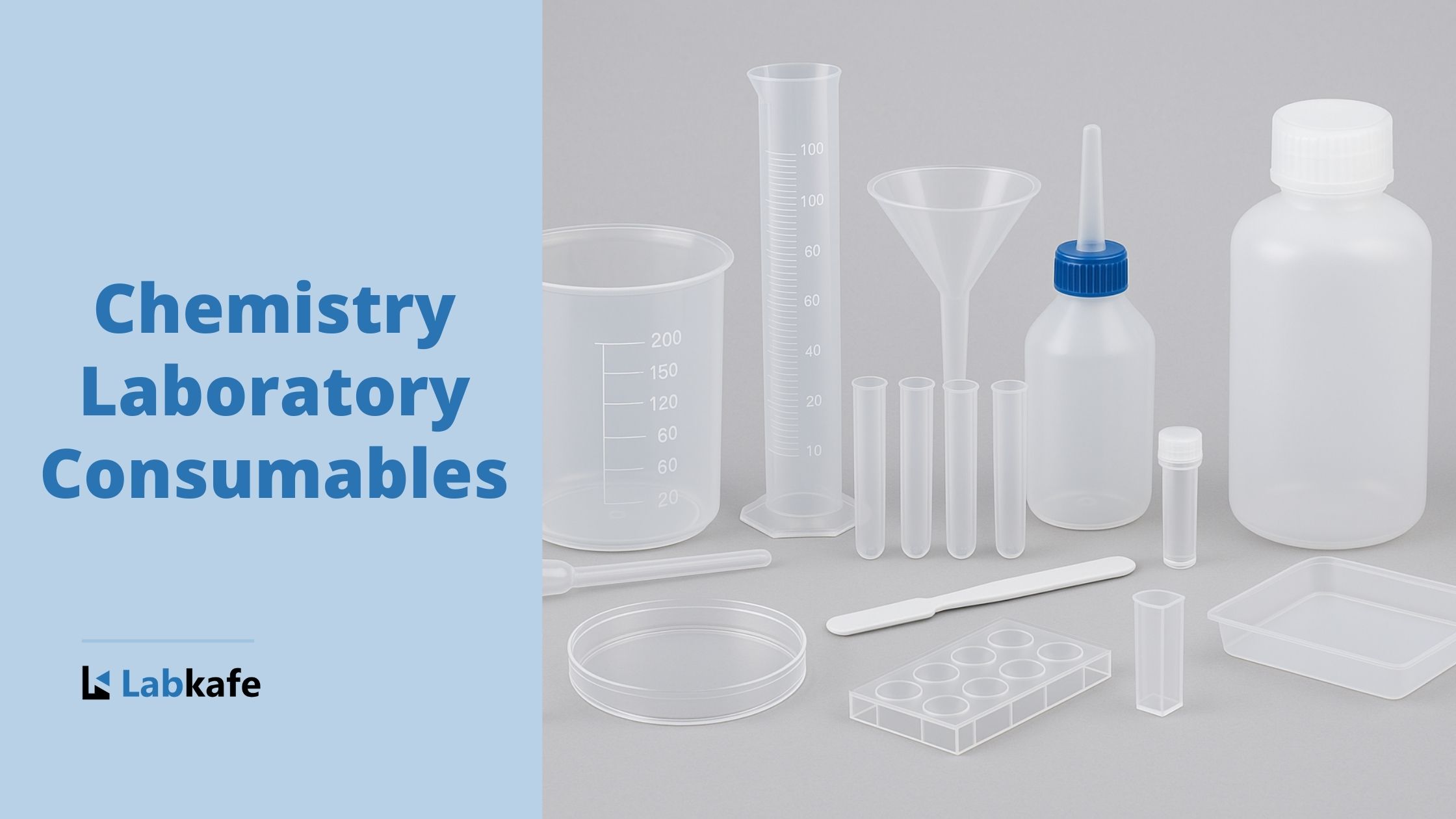
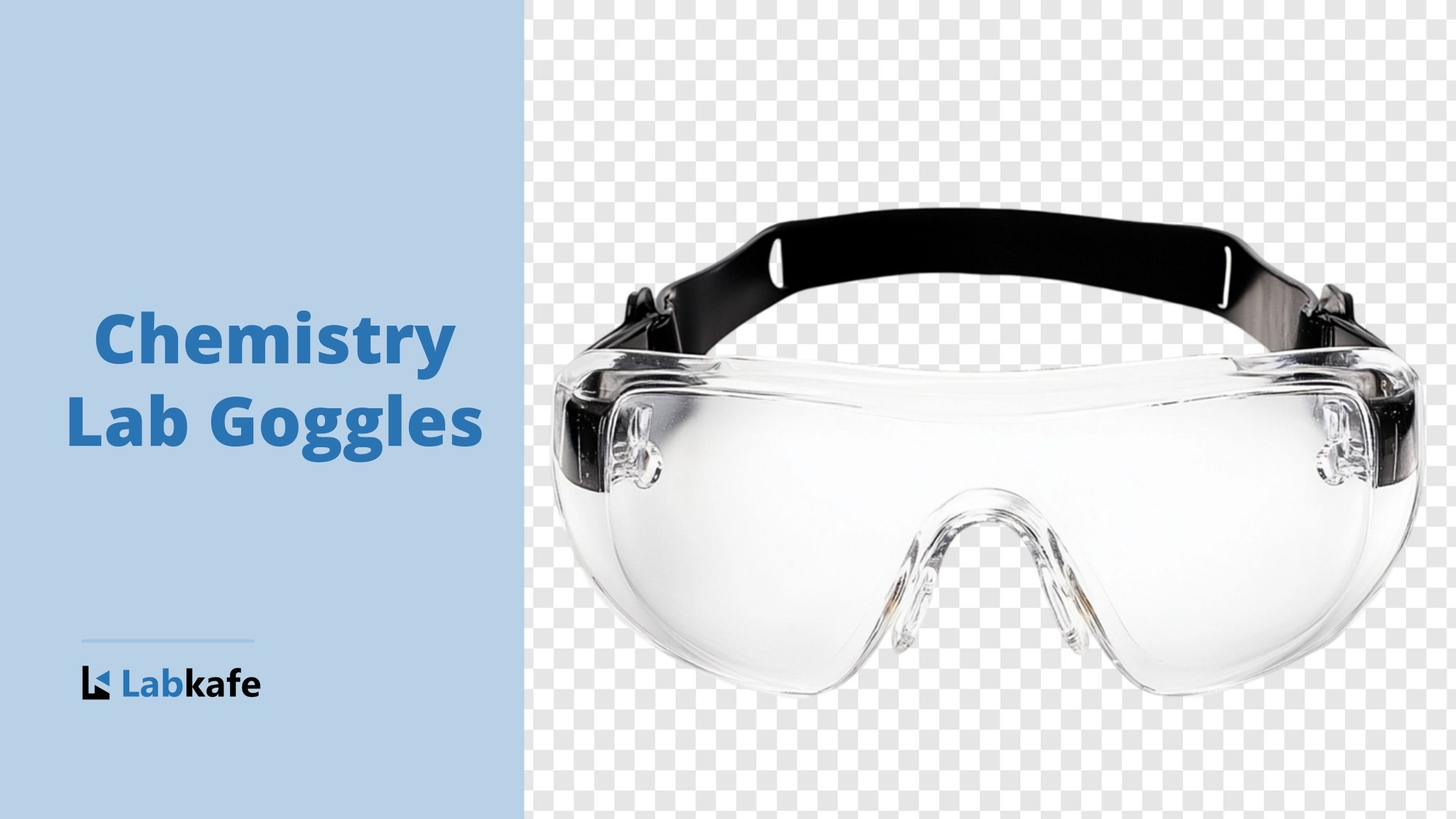
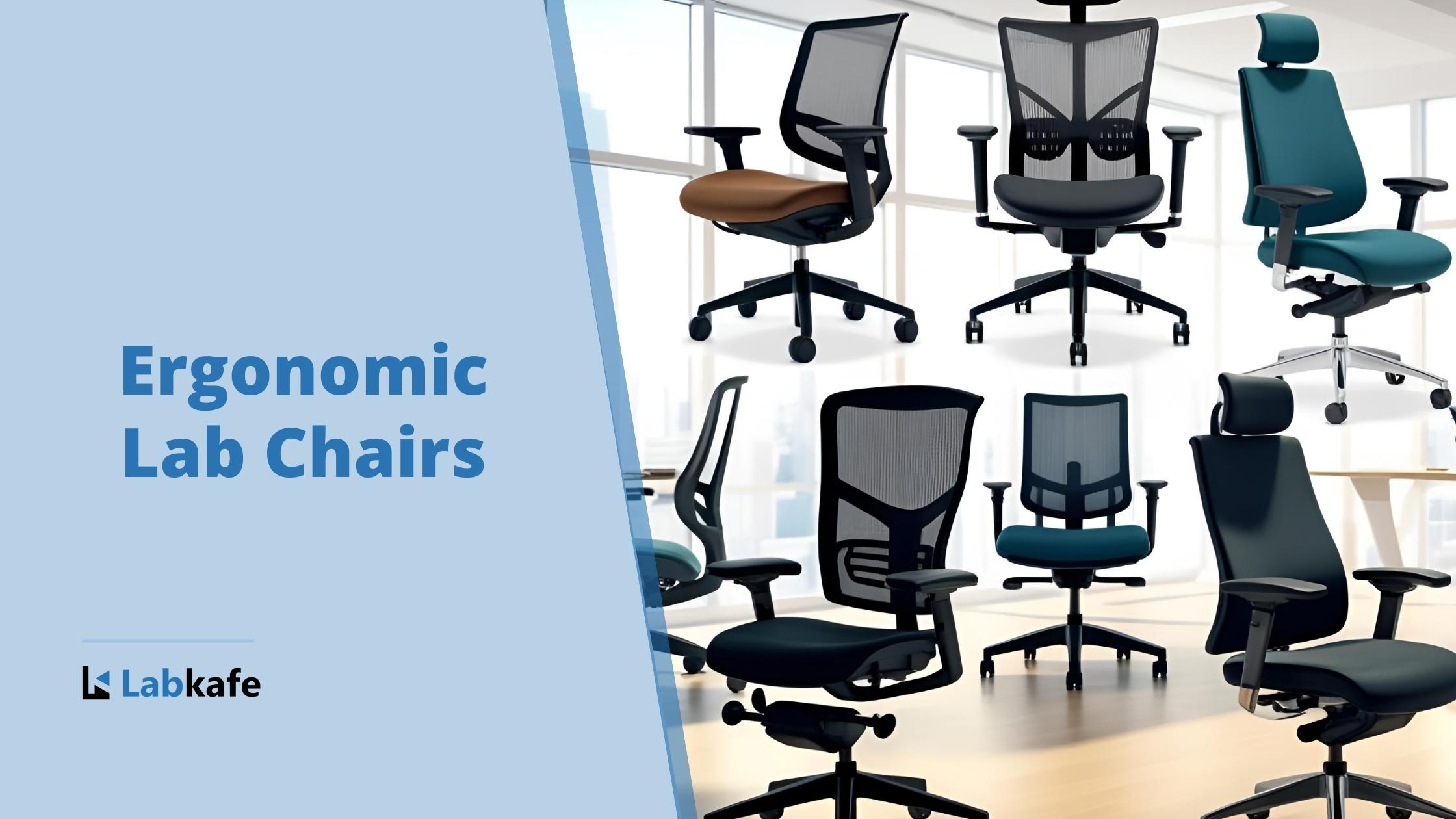
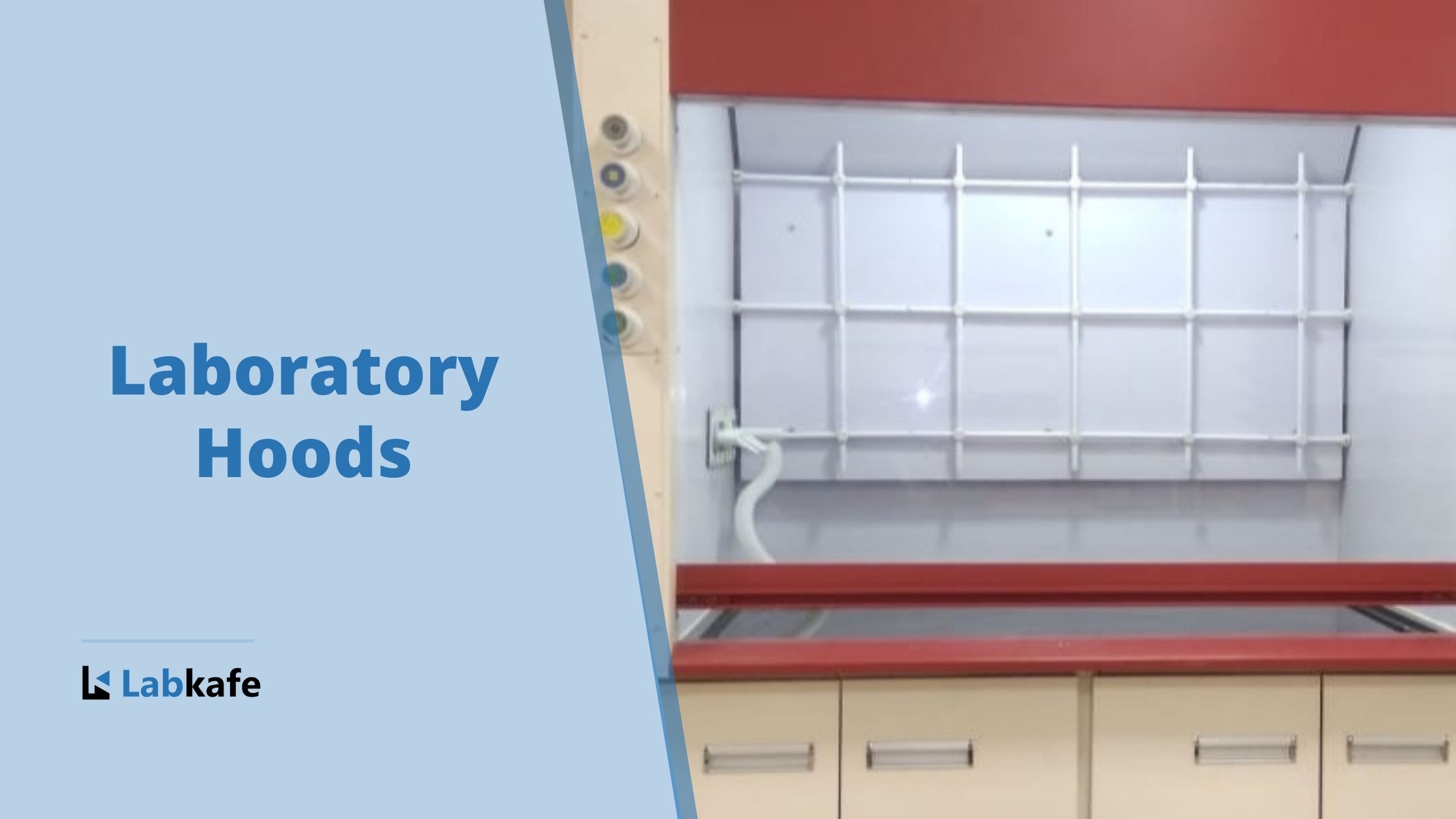
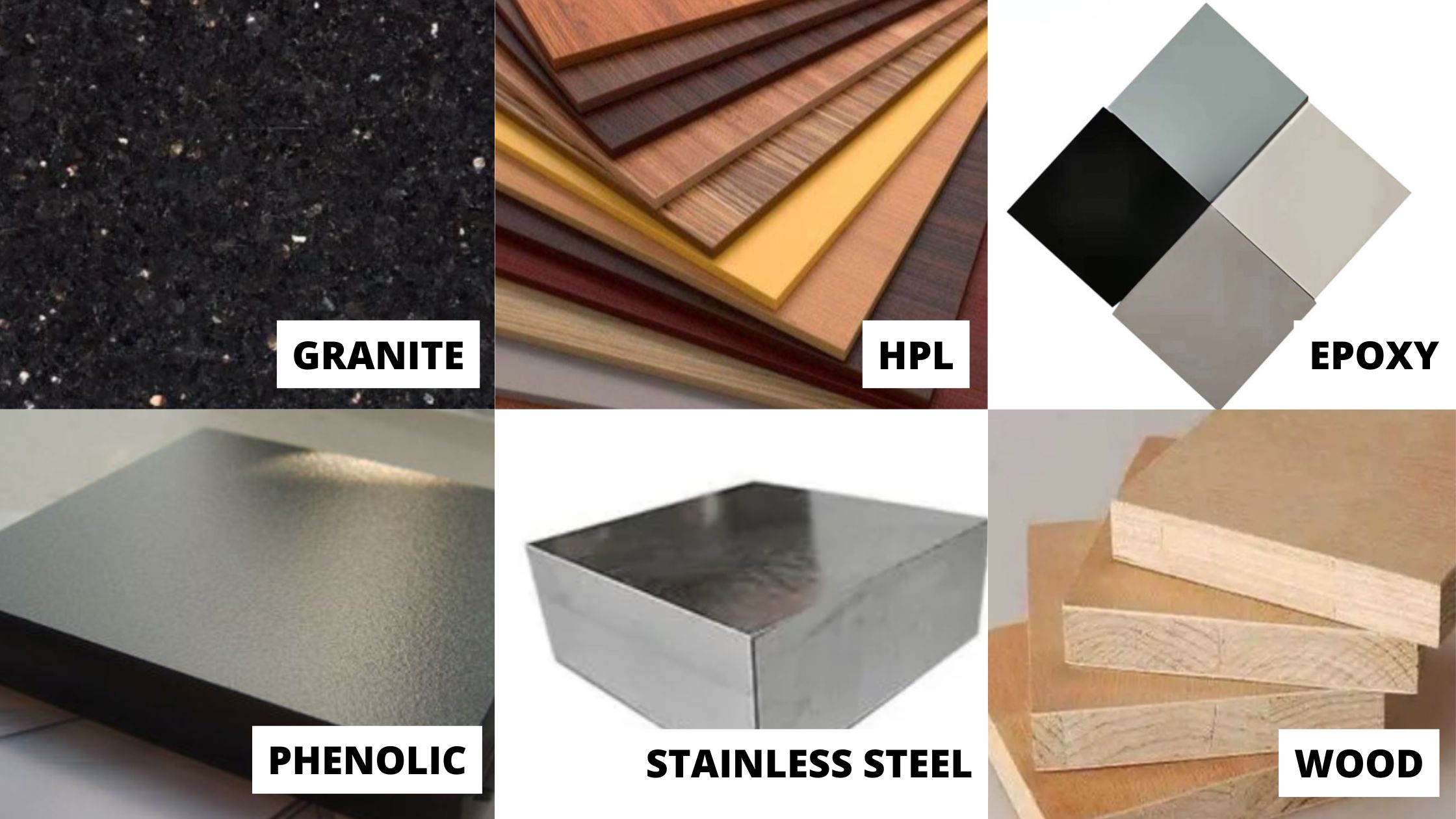
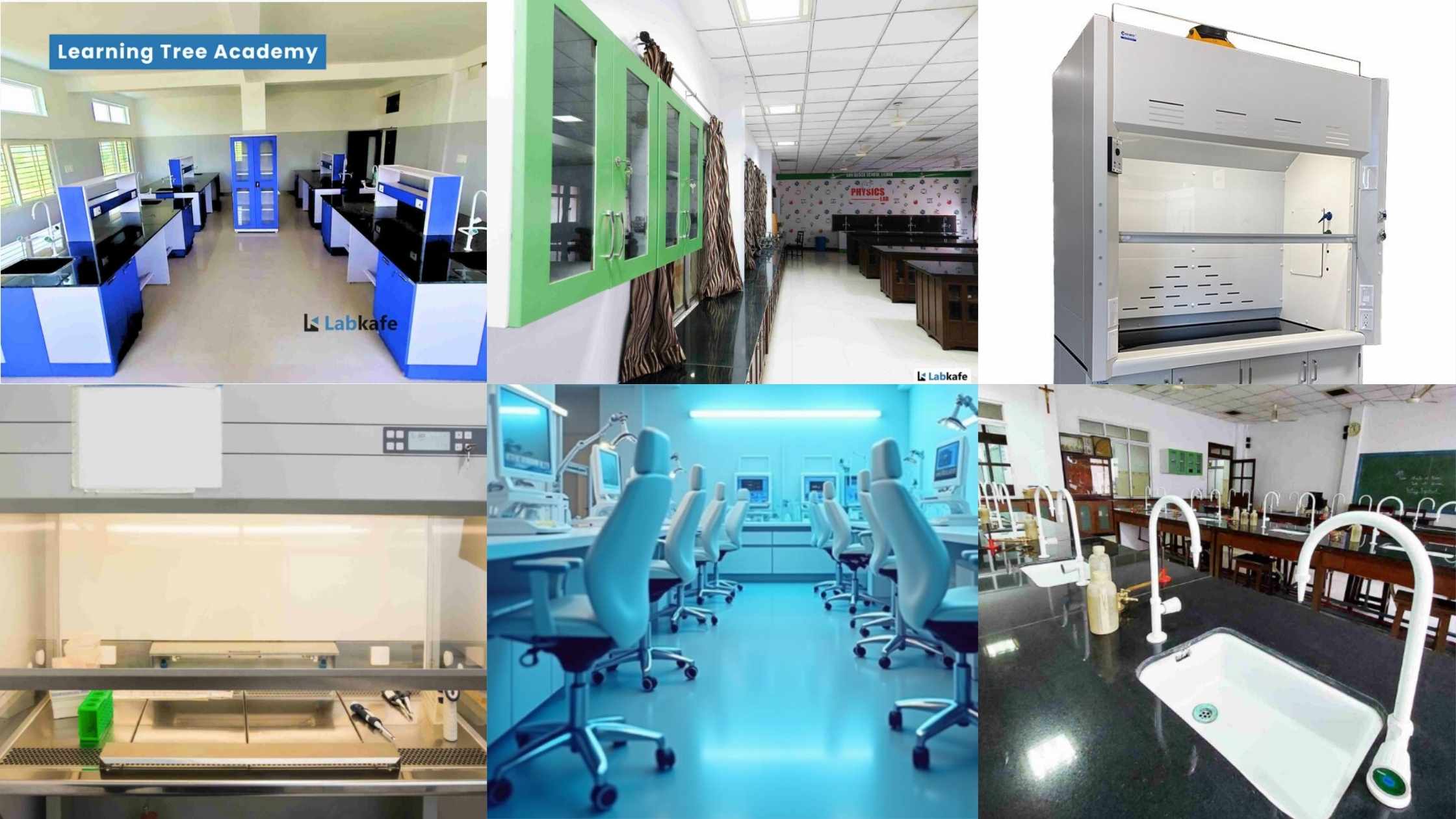
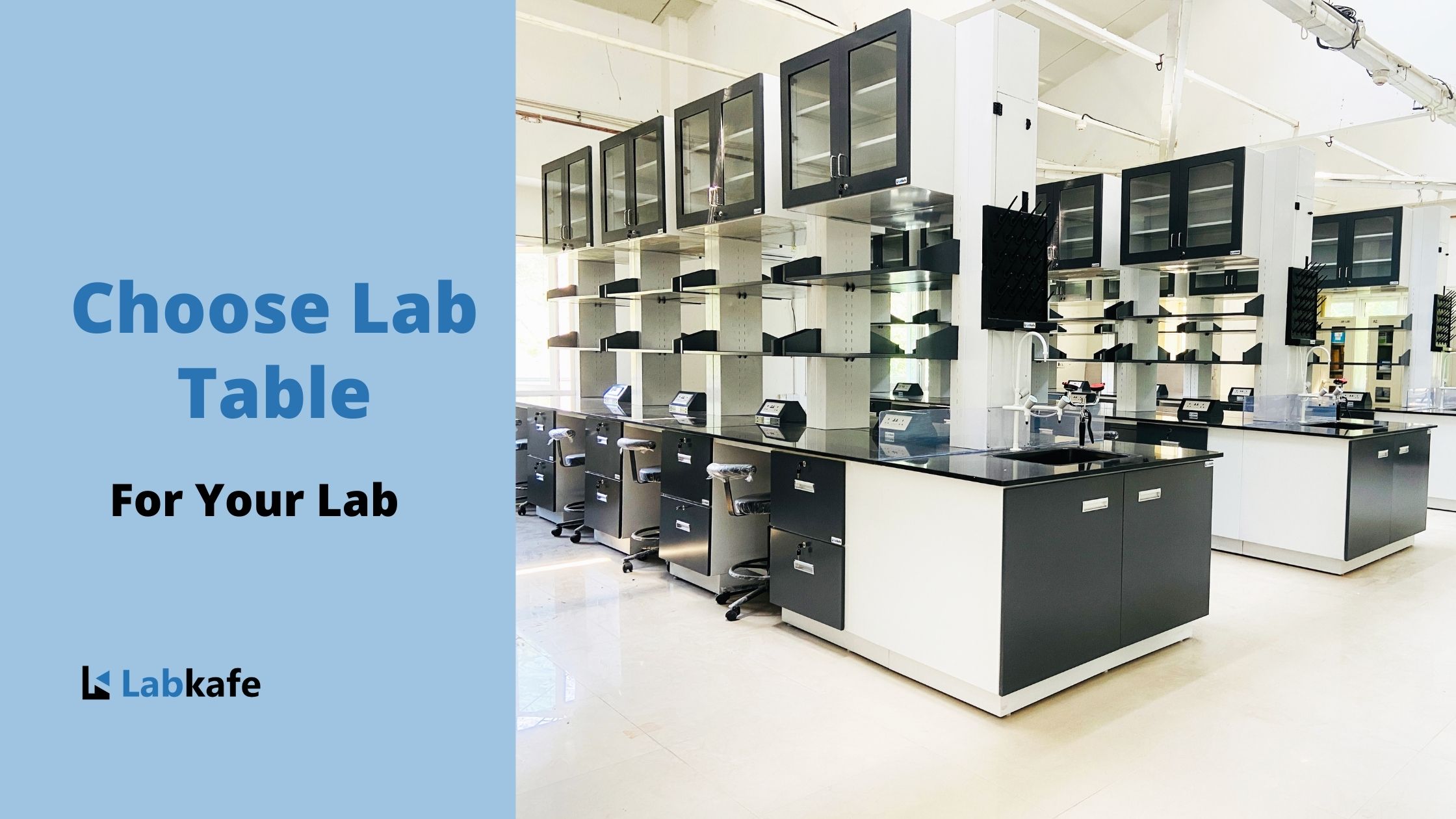
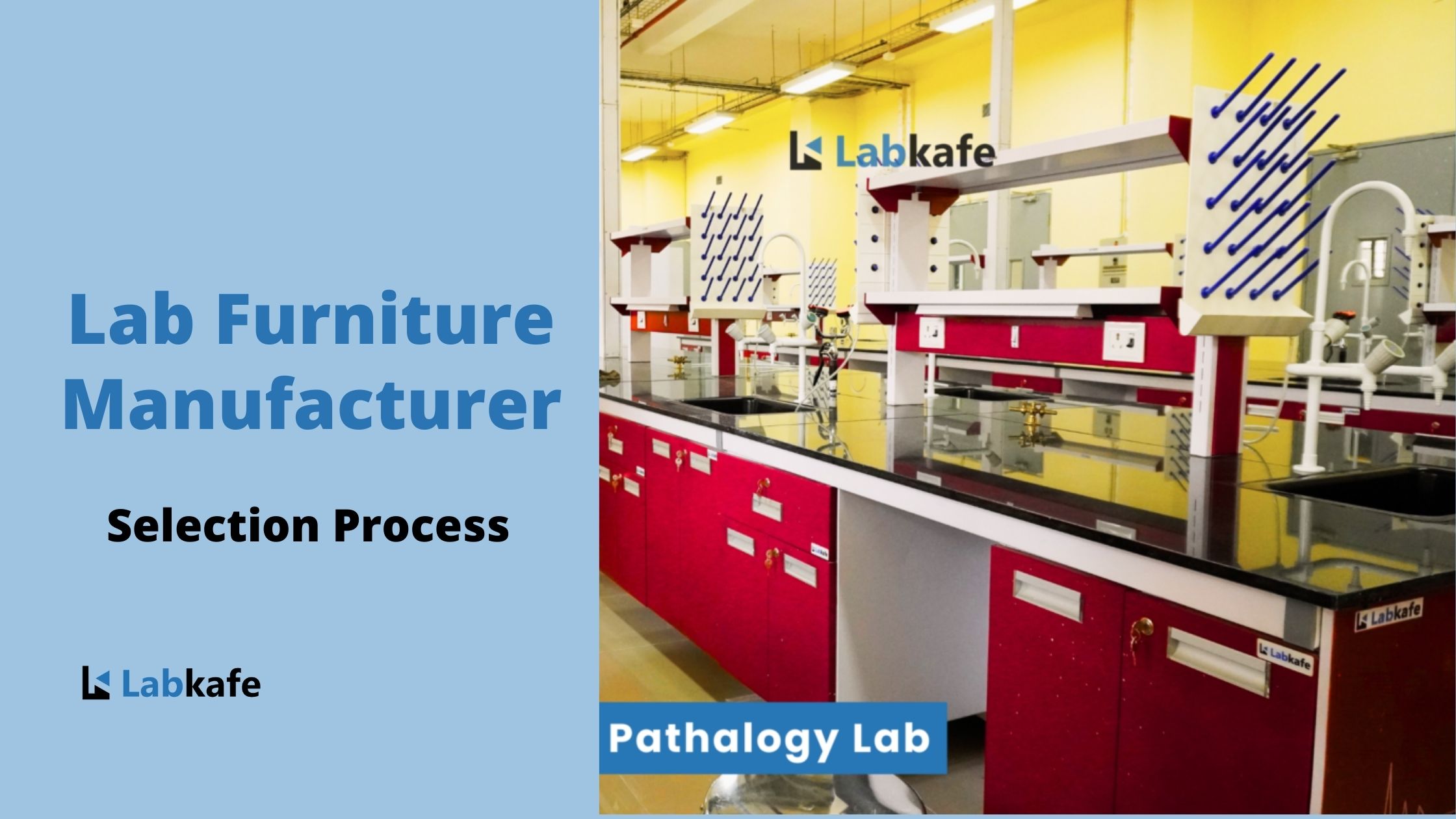
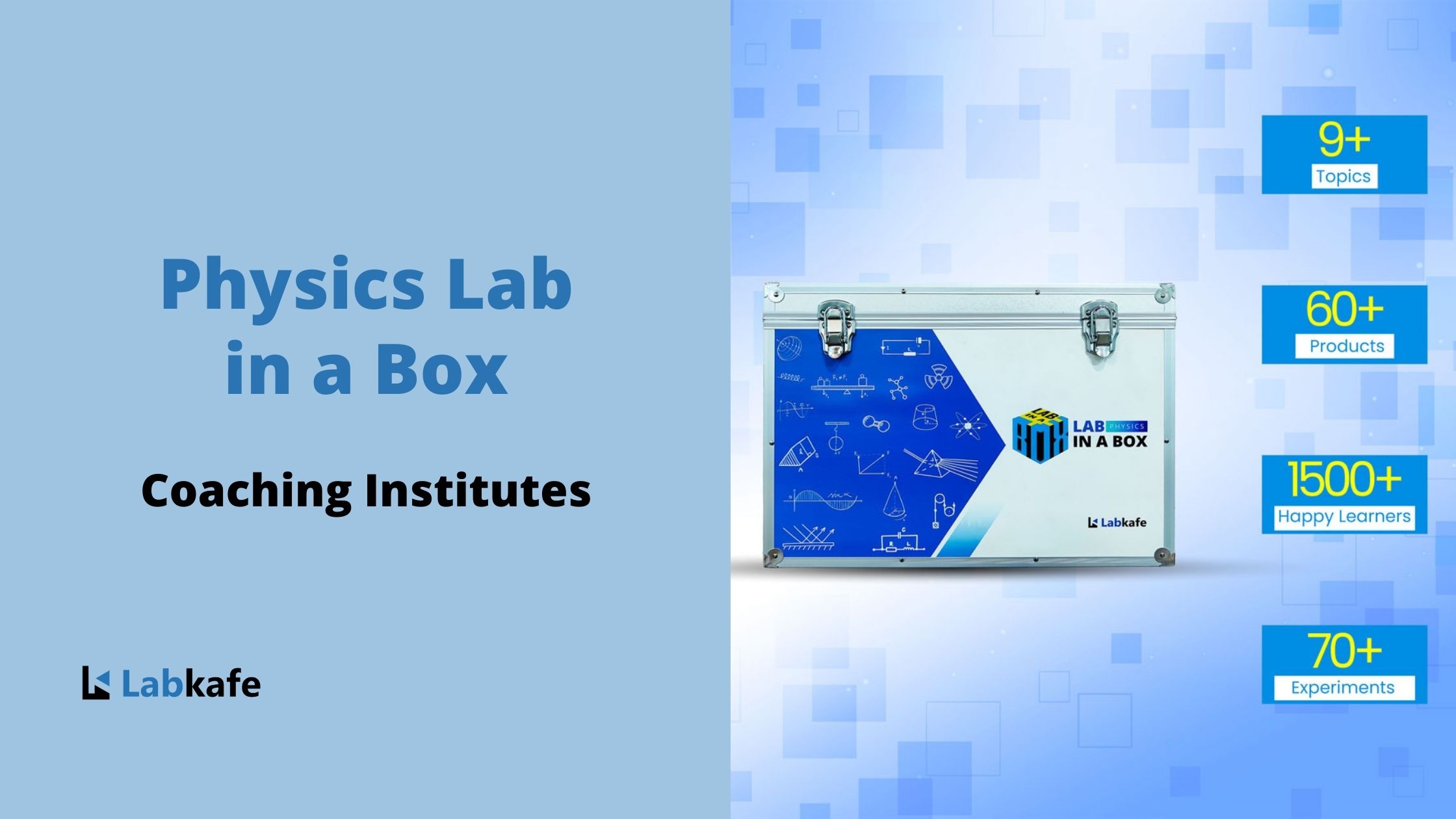
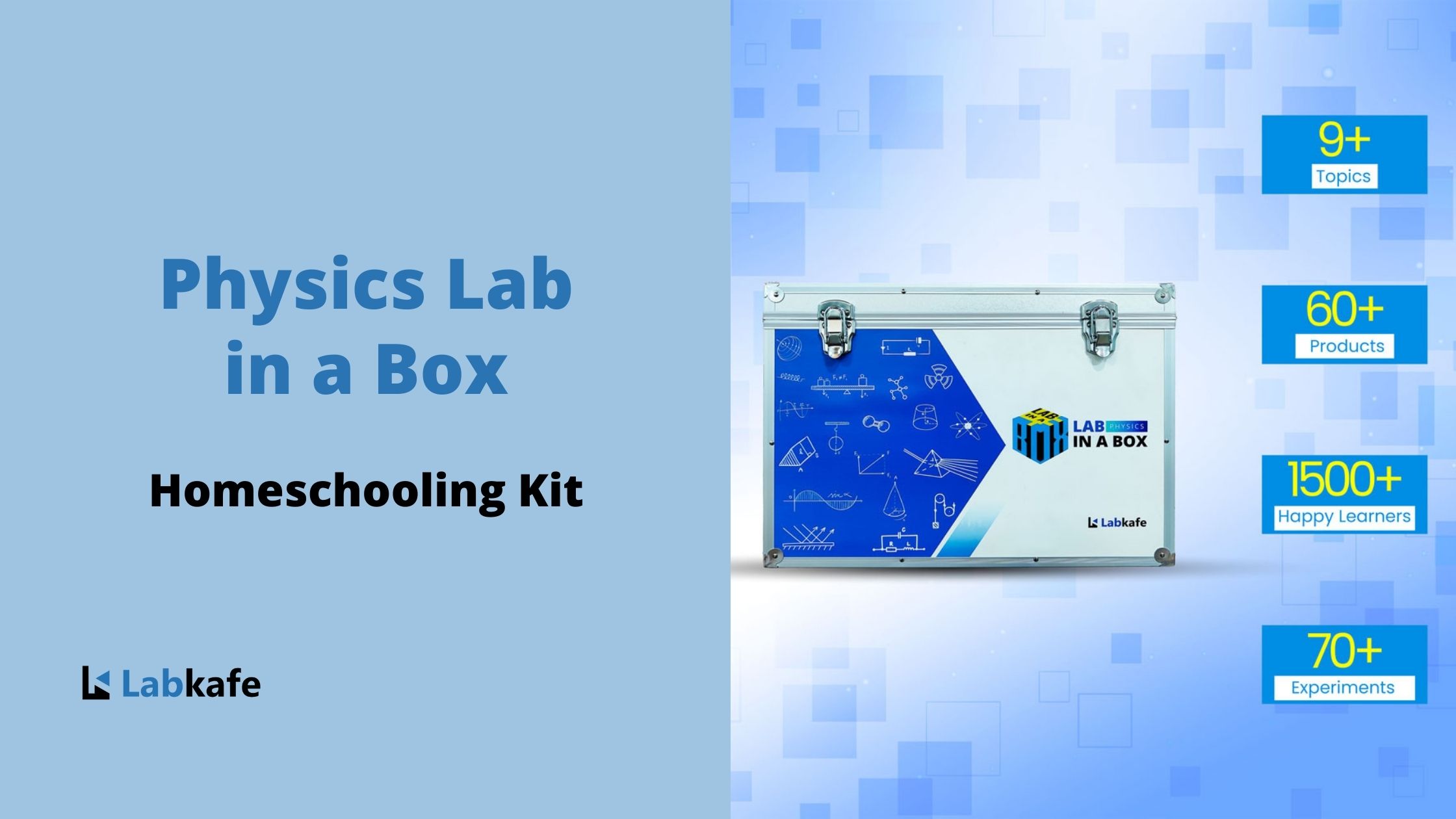
Leave a Reply